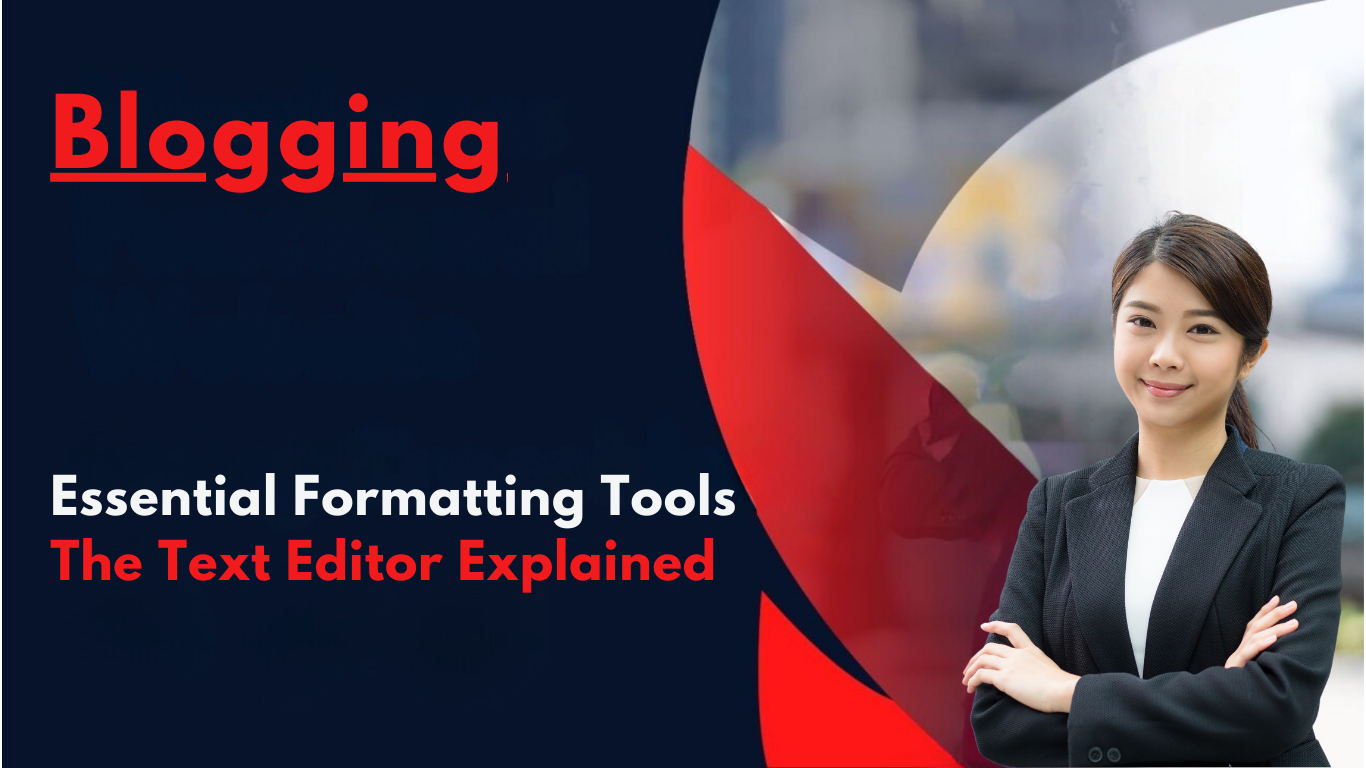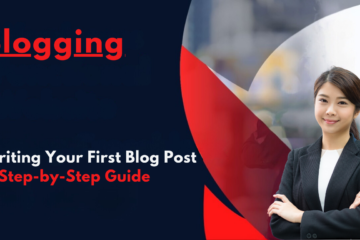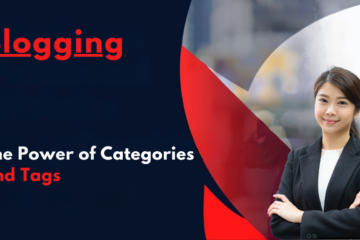If you’re new to blogging, formatting your posts might seem difficult and technical. However, fear not! WordPress has made it incredibly easy for beginners to format their content without the need for any coding knowledge. You will use a visual editor that looks like word processing software to format your blog posts easily.
The visual editor on WordPress provides a user-friendly interface where you can apply various formatting options with just a few clicks. Say goodbye to the days of memorizing HTML tags or wrestling with complex markup languages. Instead, you’ll have access to a range of formatting tools that will help you structure your content, emphasize key points, and make your posts visually appealing and easy to read.
Key Formatting Buttons & Their Functions:
- Headings (H1, H2, etc.): Headings are essential for organizing your content and enhancing its readability. They act as signposts, guiding your readers through the structure of your post and helping them quickly identify the main topics and subtopics. The visual editor typically offers several heading levels, ranging from H1 (the main heading or title) to H6 (the smallest subheading). Use these headings judiciously to create a logical hierarchy within your post, making it easier for readers to scan and navigate the content.
- Bold & Italics: These formatting options allow you to add emphasis to specific words or phrases within your text. Bold text is useful for drawing attention to key points, while italics can be used to highlight important terms, quotes, or to add a subtle emphasis. However, it’s important to use these formatting options sparingly and strategically. Overusing bold or italics can make your content appear cluttered and overwhelming.
- Bulleted and Numbered Lists: Lists are a powerful tool for presenting information in a visually scannable format. Bulleted lists are ideal for sharing a series of related points or items, while numbered lists are perfect for step-by-step instructions or ranked lists. Not only do lists make your content more organized and easier to read, but they also break up large blocks of text, making your posts more visually appealing and digestible for your readers.
- Hyperlinks: Hyperlinks are essential for connecting your content to other relevant resources, whether they’re pages within your own website or external websites. By including hyperlinks, you provide your readers with easy access to additional information, supporting sources, or related content. In the visual editor, you’ll find a button (typically represented by a link icon or a chain symbol) that allows you to insert hyperlinks. You can either link to existing content by entering the URL or create internal links to other pages or posts on your website.
Conclusion:
While the visual editor in WordPress offers a plethora of formatting tools, the ones mentioned above are essential for creating well-structured, visually appealing, and easy-to-read blog posts. Don’t be afraid to experiment with these formatting options in a draft post to become familiar with their functions and develop your own formatting style.
Remember, the ultimate goal is to create content that is not only informative and engaging but also easy on the eyes. By mastering these essential formatting tools, you’ll be well on your way to crafting blog posts that captivate and delight your readers.


